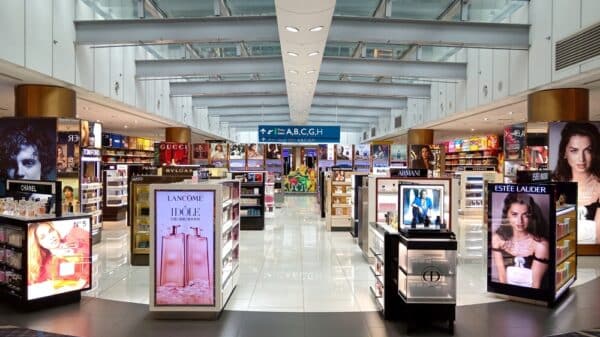Navigating the complexities of tariffs and trade policies can feel like walking a tightrope, especially for everyday Americans. Many have voiced concerns about the potential for sky-high prices due to President Donald Trump’s protective trade measures, creating an air of uncertainty. However, as it stands, inflation from these tariffs has not yet dramatically impacted the average consumer.
A closer look at the data reveals that, surprisingly, for heavily imported items like smartphones, new cars, and clothing, many price indexes have actually dipped since the implementation of these tariffs on key trade partners such as China. This isn’t just a fleeting statistic—it’s an indicator that, despite the fears and debates, consumers have not faced the anticipated weight of rising prices just yet.
Why is this happening? One reason could be that companies are employing clever strategies to buffer consumers from increased costs. After years of inflation, businesses are acutely aware that raising prices could drive customers away. Some have gone into overdrive, stocking up on goods before tariffs took effect, which has allowed them to keep prices stable. Others have opted to absorb some of those increased costs, sacrificing profit margins instead of passing the burden onto shoppers.
Moreover, recent decisions by the Trump administration to pause or even reduce some harsher tariffs have provided businesses with a moment of relief. It’s like giving them a little breathing room to strategize before any potential price hikes become necessary.
However, it’s essential to remain cautious. Many economists anticipate that businesses will eventually need to start transferring these trade costs onto consumers, particularly as summer rolls in. Major companies like Walmart and Ford are already signaling that consumers should brace for higher prices. The latest Consumer Price Index (CPI) report further corroborates this, showing notable increases in certain tariff-affected categories. For instance, toy prices have surged the most since 2023, and major appliances are seeing their largest jump in nearly five years.
Yet, it’s worth noting that the government’s CPI report also revealed that core inflation, excluding the more volatile food and energy sectors, rose less than expected for the fourth consecutive month. In fact, when you exclude those fluctuating costs, the prices of goods remained flat compared to the previous month.
Wells Fargo economists have pointed out a critical consideration: while the immediate effects of the tariff increases might not be felt yet, declaring victory over inflation might be premature. They suggest that the current stability could be attributed to pre-tariff inventory building and the hope that some tariffs could eventually be lessened. So, the possibility of price increases—especially in categories like vehicles and apparel—lingers close on the horizon.
Economists at Daiwa Capital Markets echo similar sentiments. While they foresee tariff-related price pressures emerging in the coming months, they emphasize that ongoing trade negotiations and stable long-term inflation expectations might lead to a brief spike that won’t linger long.
This balancing act of maintaining prices and managing consumer expectations is daunting. While the current climate may feel stable, the landscape is ever-shifting, and the realities of tariffs might soon make their presence known. As consumers, staying informed and adaptable will be key in this evolving economic journey.
Image Source: Unsplash





























